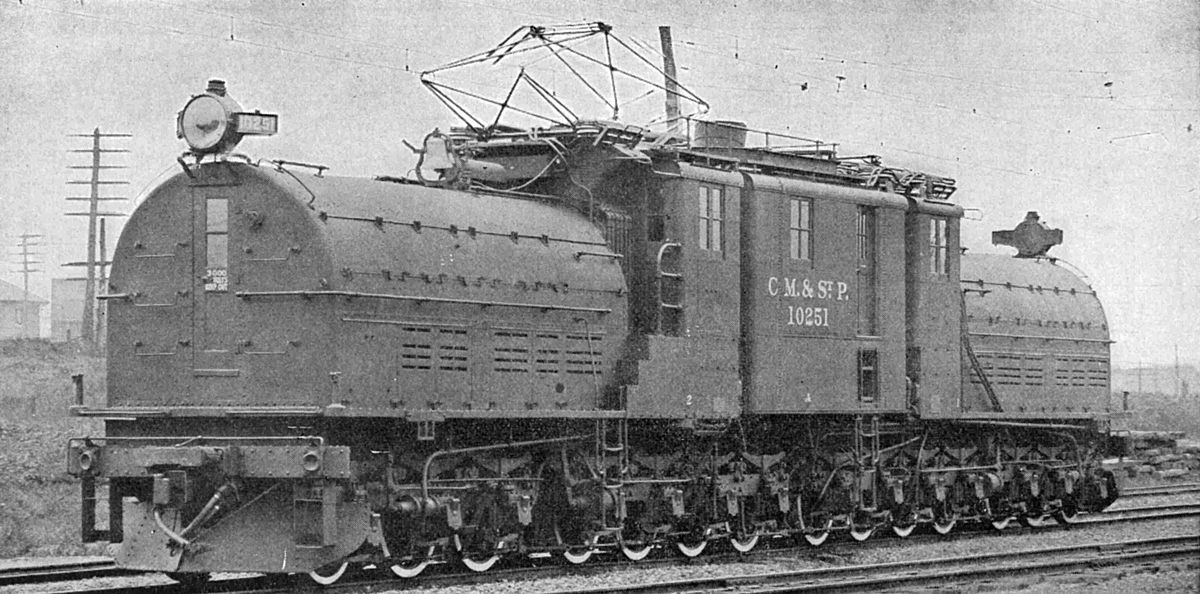I'll leave the links out, and simply suggest that readers search on their own. I'm very hesitant to post anything that could be politically related, but in this case, I hope to point out the enourmous number of vehicles to be exchanged and the associated potential business opportunities that may be coming about.
Government has a fleet of about 650,000 vehicles, only 3215 of which are electric. This push may in fact mandate that EV's replace their fuel powered federal, state, tribal, postal, and local fleets. It's good to note that many government vehicles are in some ways, unusual, an example might be local delivery mail trucks. Smaller volume manufacturers will have an opportunity to produce components for such vehicles.
And of course, rescue charging services... (Just a little joke, please don't take it seriously)
Another little joke:

They are more likely to look like this:

Government has a fleet of about 650,000 vehicles, only 3215 of which are electric. This push may in fact mandate that EV's replace their fuel powered federal, state, tribal, postal, and local fleets. It's good to note that many government vehicles are in some ways, unusual, an example might be local delivery mail trucks. Smaller volume manufacturers will have an opportunity to produce components for such vehicles.
And of course, rescue charging services... (Just a little joke, please don't take it seriously)
Another little joke:
They are more likely to look like this:




